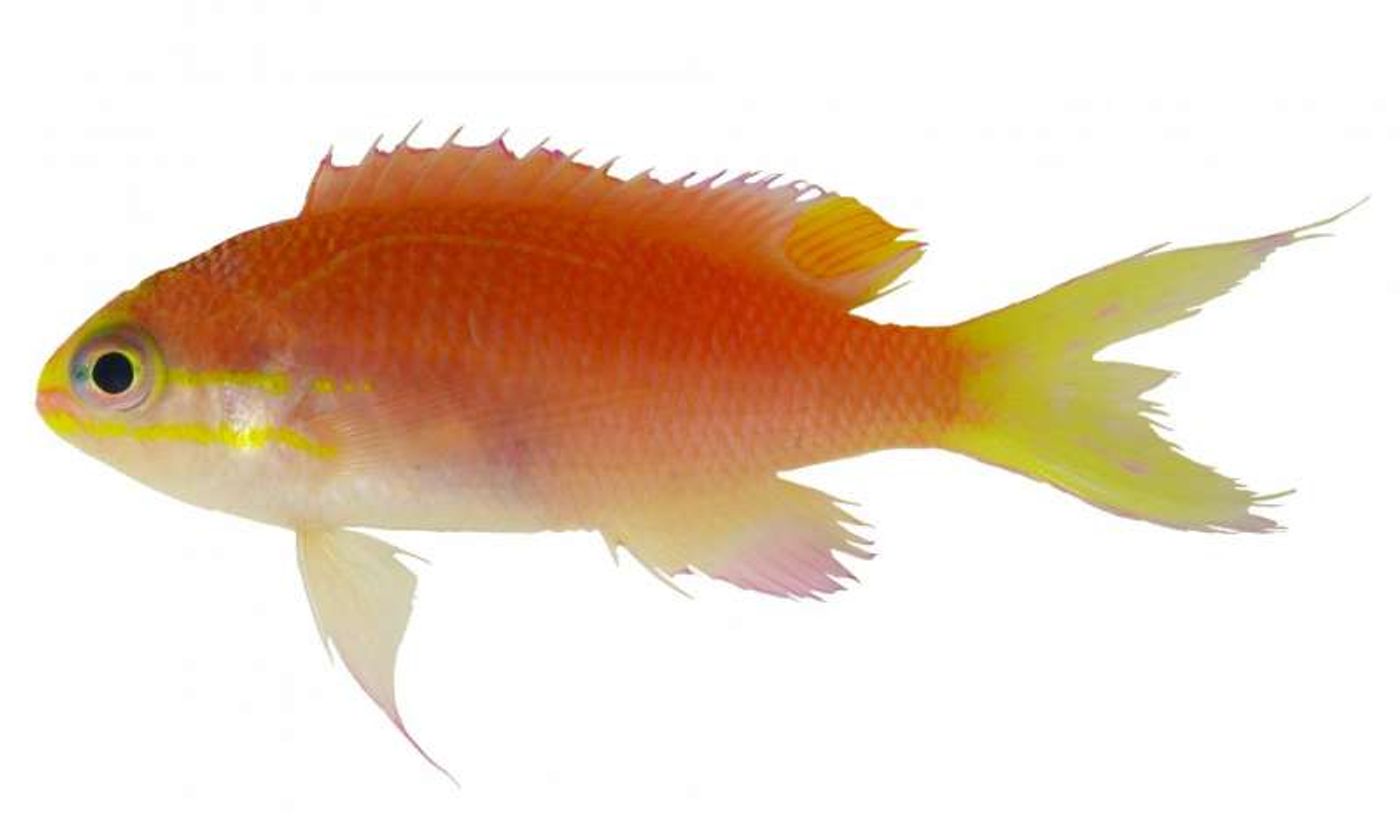Meet the Tosanoides Obama, a Fish Species Named After the President
A new species of ocean fish hailing from Hawaii was reportedly discovered during a National Oceanic and Atmospheric Administration (NOAA) expedition in 2016. It has been recognized and is being named Tosanoides obama; does the second part of the name sound familiar?
The official scientific name for the species has been carefully chosen to honor the current President of the United States, Barrack Obama for his efforts in preserving the environment and wildlife.
Image Credit: Richard L. Pyle
"We decided to name this fish after President Obama to recognize his efforts to protect and preserve the natural environment, including the expansion of Papah?naumoku?kea," elaborated Richard Pyle, a Bishop Museum scientist and the lead author of the study that appears in the journal Zookeys.
"This expansion adds a layer of protection to one of the last great wilderness areas on Earth," he continued.
It’s a kind of basslet, a type of fish that’s known to hang out around coral reef areas where they’re well hidden from predatory fish and it’s said to have differential features from two other types of basslet species that exist in its genus.
For example, males of the new basslet species have been identified to have a type of spot on their dorsal fin by their tails, which isn’t present on other basslet species in the region.
"The spot on the males is reminiscent of President Obama's campaign logo," Pyle noted about the distinct characteristic. "It seemed especially appropriate for a fish named in honor of the president."
These fish, which were found approximately 300 feet under the surface, are reportedly unique to the region they were discovered, so they won’t be found anywhere else in the world. Because of their size, they manage to swim around without making a ton of noise, which helps them to evade predators.
Only a handful were spotted during the exploration, however the expedition never went below 300 feet to see if they existed any deeper in the ocean. There was reportedly no reason to suggest that they would exist that deep anyways.
The following footage was recorded under water in 4K Ultra High Definition at the site where the fish were discovered:
The region where the fish were known to live is believed to be an ecological hotspot. There is a diverse community of different kinds of wildlife that live there, so you can bet future expeditions are planned and new species may continue to be discovered there.
Source: Science Alert









